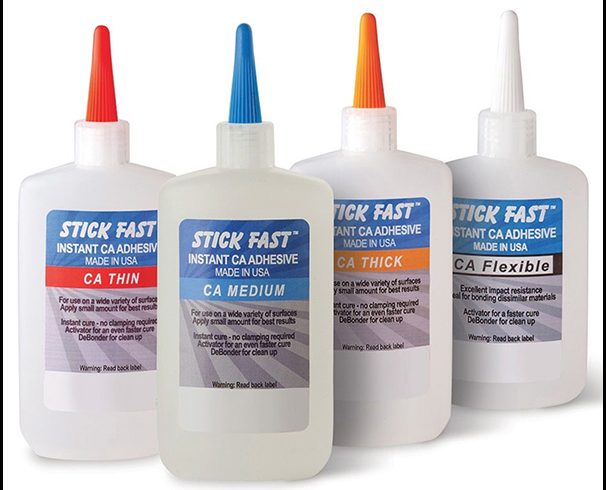
How strong is wood glue? Do I need screws and glue? Do I use just glue and clamp? Why does most glue go on both pieces of wood? Why does Gorilla Glue only go on one piece of wood?
Michael Dresdner: Good heavens, that’s a lot of questions, and some of them require rather long answers. In fact, you have the basis of a darned good article here. Well, let me dive in.
Various glues have various strengths, but that is only part of the story. There are different types of strength, measured in different stress relationships. For example, there is tensile strength, which means the pressure needed to pull two glued objects apart at 180 degrees from one another, or, put another way, at right angles to the glue joint. Shear strength measures glue’s ability to resist stress in the same plane as the glue joint, cleavage measures a leveraged pull at one edge of the glue seam, and peel strength measures the ability of a glue to resist pull at a focused point, where a thin layer is peeled off a thick substrate. Not surprisingly, some glues are better at some things than others. For example, cyanoacrylate (super glue) had very high tensile strength, but substantially lower peel strength. PVA glues also have good tensile, but poor shear strength. In other words, choosing the right glue is more complicated than just looking at one set of numbers. Since you asked, the winner in the tensile strength competition is hide glue. Lab tests have shown it to handle as much as a staggering 15,000-PSI.
Much of this matters not at all, since virtually all glues are stronger than the grain adhesion of wood itself.
Do you need screws and glue? If you have a good, clean glue joint, with ample flat grain in contact with flat grain, the answer is probably not. However, most glues do not stick end grain to either end or flat grain. This is where either joinery (such as dovetails) or screws come into play. At other times, we use screws to hold things in place until the glue dries, so they become clamps, in a sense.
Why do some (but not all) glues need both sides to be coated? It has to do with how the glue “wets” the wood, or is able to absorb into it, and with how fast the glue is likely to skin over after being applied to one side. Those that wet easily, or that do not skin over quickly, can usually be applied only to one side.
That nose bleed should at least get you started on the subject of glue, but as you can see, there is more to it than meets the eye. You might want to invest in a copy of William Tandy Young’s “The Glue Book” from Taunton Press.
Ellis Walentine: Generally, adhesives form bonds that are stronger than the wood fibers themselves, but in many cases you want a mechanical joint as well, whether to bear a load properly or reinforce a joint should the glue fail. Screws are often used in lieu of clamps for things like plywood cabinet construction and other situations where expediency is more valuable than appearance.
Most glues work best if you brush or roll them onto both pieces, because this wets both surfaces and gives you a more continuous film once the pieces are clamped together. Polyurethane glues benefit from — no, rely on — a small amount of moisture to catalyze the glue’s curing process, so often you want to mist one of the pieces and put the glue on the other.





